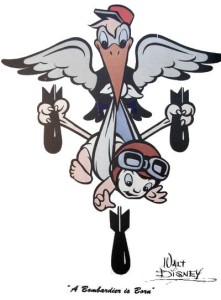Aviation in Midland has deep roots. From being designated as a landing stop by Robert Fowler during his first transcontinental flight in 1911-1912 to its recent designation as a Space Port, aviation in Midland has been part of the city’s history since the near beginning.
Sloan Field was started in 1927 when Samuel Addison Sloan leased 220 acres of pastureland from Clarence Scharbauer to establish a privately owned landing field and flying school. After his death two years later in a plane crash (1929), his siblings continued the operation and it was then designated as an Army Airways Station in May of 1930. In 1939, Sloan Field was sold to the City Of Midland.
After Hitler stuck Poland, prominent Midland businessmen started promoting the airport for use as a training base to the military establishment in Washington.
Soon, Army Air Corp weather and communication specialists were stationed on the field. The WPA (Works Project Administration) came in and improved the runways and installed lighting. The airfield then expanded to 1,000 acres after Scharbaur gifted more land in hopes of attracting the Army Air Corp, with the hopes of creating a Midland Army Flying School.
The first contingency of troops arrived in mid-December of 1941 to establish the Army Air Forces Bombardier School. The first class was 42-6, which commenced training on February 6, 1942. The first cadet off the Texas and Pacific Railroad train was Cadet John C. Odom of Jacksonville, Florida. He was was met by Lt. R. C. Crawford, Jr., the field’s first commanding officer. The first class graduated on April 1, 1942 with a contingency of 119 cadets.
The airfield continually started classes every 3 weeks, graduating each class after a 12 week program. With the last class graduating on February 9, 1946, the airfield had graduated 6,652 bombardiers, which made up 1/6th of the total Army Air Corp bombardiers.
During its time of operation, the field’s nickname was “Hell from Heaven”. The name was fitting due to the dropping 1,245,107 bombs and flying 851,510 hours in AT-11s.
The Airfield was phased out in 1947. In 1950, the airfield became a commercial airport.




